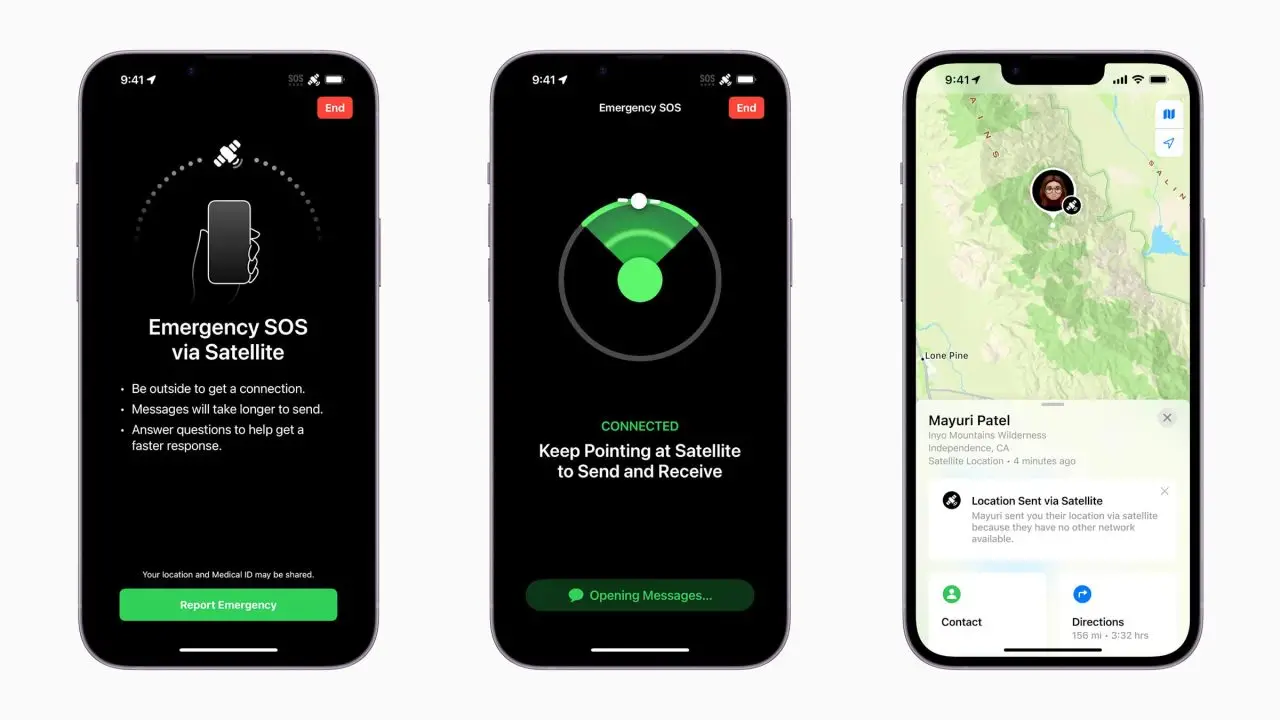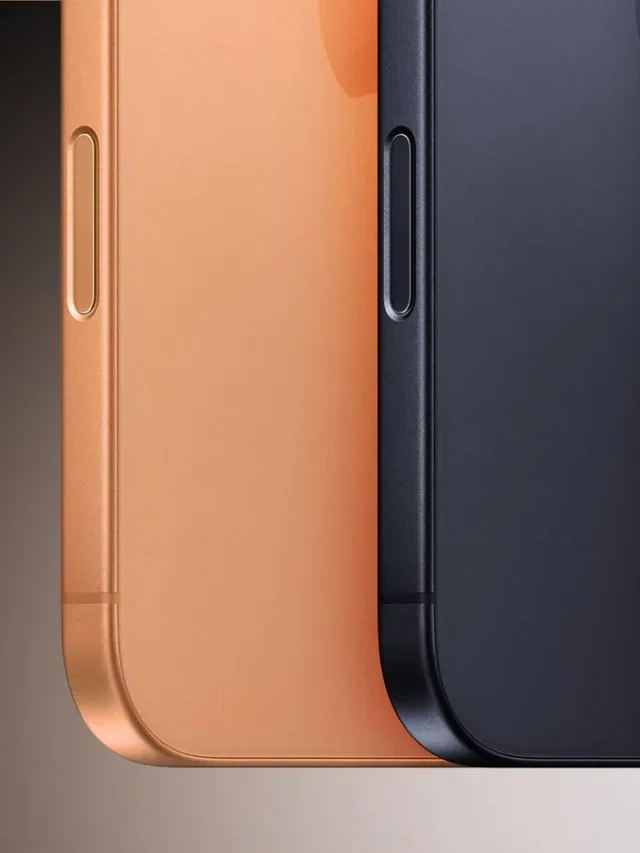Apple is reportedly working on new ways to make the iPhone’s satellite connectivity more useful in everyday life. Until now, the feature has been limited to emergency communication, but fresh reports suggest Apple wants to take it much further.
According to analyst Mark Gurman, Apple is developing an API that will allow app developers to integrate satellite connections directly into their applications. This means the iPhone’s satellite capability could soon support more than just emergencies — it could become part of daily navigation, communication, and connectivity.

Highlights
- Apple developing API for satellite connectivity in apps
- 5G NTN support coming to iPhone for wider coverage
- Satellite Maps navigation without Wi‑Fi or mobile data
- Improved signal quality – no need to point iPhone at the sky
- Globalstar partnership to expand infrastructure
Everyday Use Beyond Emergencies
The biggest change is Apple’s plan to make satellite features available for regular applications. Developers will be able to build apps that use satellite networks, opening possibilities for messaging, navigation, and even location‑based services in areas where mobile data is unavailable.
This move could be especially useful for travelers, hikers, and people living in remote regions who often struggle with weak or no cellular coverage.
5G NTN Integration
Apple is also preparing to add 5G NTN (Non‑Terrestrial Networks) support to the iPhone. This technology merges satellite networks with 5G infrastructure, allowing seamless connectivity even in places where traditional towers don’t reach.
With 5G NTN, iPhone users could enjoy faster speeds and more reliable connections in rural or isolated areas.
Satellite Maps Navigation
Another exciting update is the integration of satellite connectivity into the Maps app. Users will be able to navigate without relying on Wi‑Fi or mobile data, making the iPhone a powerful tool for off‑grid travel.
This could transform the way people use iPhones in outdoor adventures, ensuring directions remain available even in the most remote locations.
Better Signal Coverage
Apple is also working to improve the quality of satellite signals. Gurman reports that users will no longer need to point their iPhones toward the sky to connect. Instead, the device will automatically link to satellites, even indoors.
This improvement would make satellite connectivity more practical and user‑friendly.
Partnership with Globalstar
To make these features possible, Apple is relying on Globalstar, its satellite partner. The company is expected to upgrade its infrastructure to handle the increased demand once Apple rolls out these updates.
For now, Apple has not shared a release timeline, but industry watchers believe these features could arrive in upcoming iPhone models.
Expert Commentary
As someone following tech and automobile trends for years, I, Tech World Info, see Apple’s satellite expansion as a major step toward making smartphones more reliable in all conditions. By combining 5G NTN with satellite coverage, Apple is positioning the iPhone as a device that works anywhere — whether in cities, villages, or mountains.










I do not even understand how I ended up here, but I assumed this publish used to be great